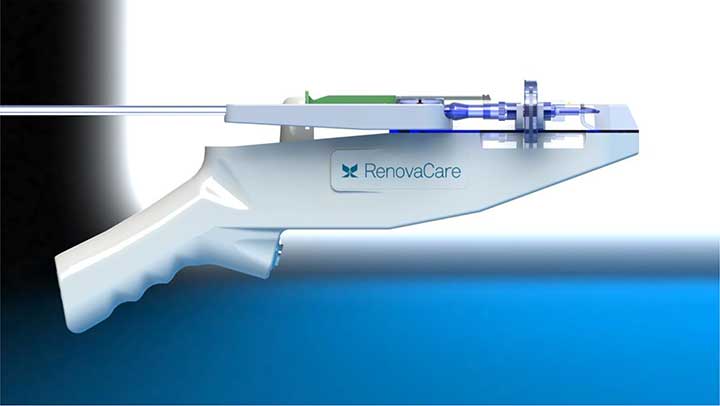Pennsylvania state trooper Matt Uram was talking with his wife at a July Fourth party in 2009 when a misjudged spray of gasoline burst through a nearby bonfire and set him alight. Flames covered the entire right side of his body, and after he fell to the ground to smother them, his wife beat his head with her bare hands to put out his burning hair. It was only on the way to the ER, as the shock and adrenaline began to wear off, that the pain set in. “It was intense,” he says. “If you can imagine what pins and needles feel like, then replace those needles with matches.”
From the hospital, Uram was transferred to the Mercy Burn Center in Pittsburgh, where doctors removed all of the burned skin and dressed his wounds. It was on the border between a second- and third-degree burn, and he was told to prepare for months of pain and permanent disfigurement. Not long after this assessment, however, a doctor asked Uram if he would be willing to take part in an experimental trial of a new device.
The treatment, developed by German researcher Dr. Jörg Gerlach, was the world’s first to use a patient’s stem cells to directly heal the skin. If successful, the device would mend Uram’s wounds using his body’s ability to regenerate fully functioning skin. Uram agreed to the procedure without hesitation.
Five days after the accident, surgeons removed a small section of undamaged skin from Uram’s right thigh—about the size of a postage stamp—and used it to create a liquid suspension of his stem cells that was sprayed in a fine mist onto the damaged skin. Three days later, when it was time to remove the bandages and re-dress the wounds, his doctor was amazed by what he saw. The burns were almost completely healed, and any risk of infection or scarring was gone.
Read more here







